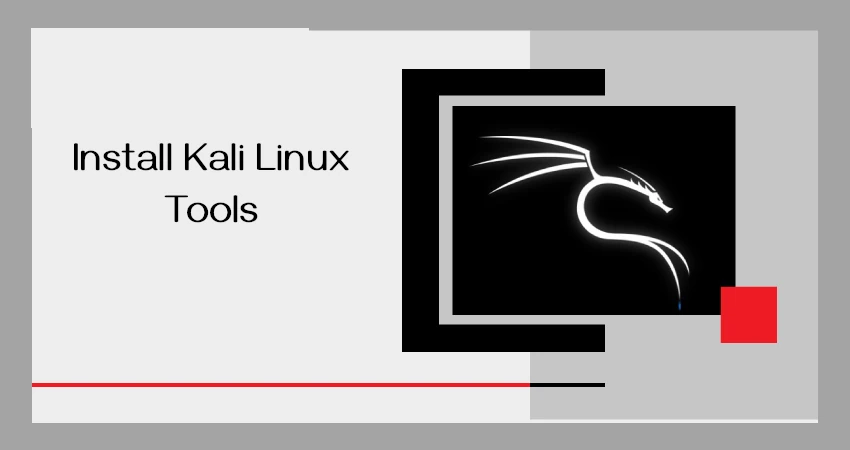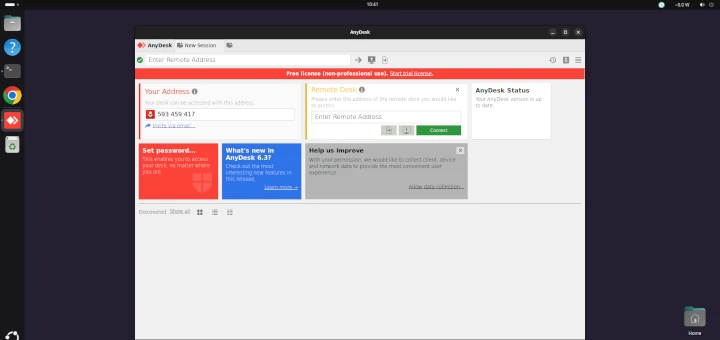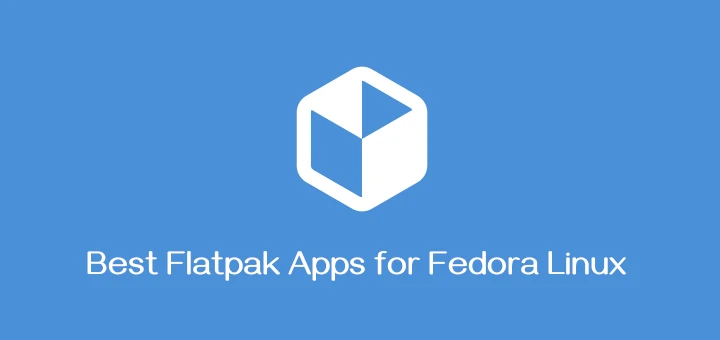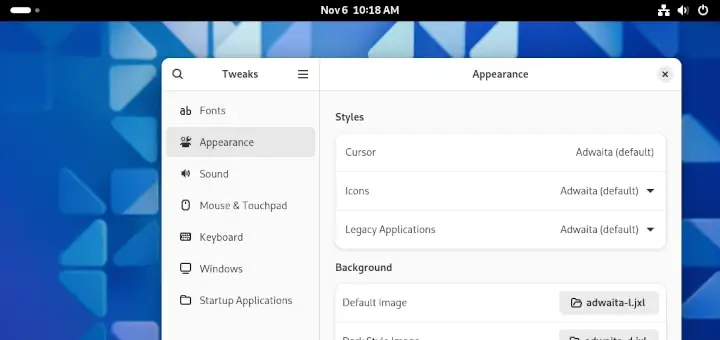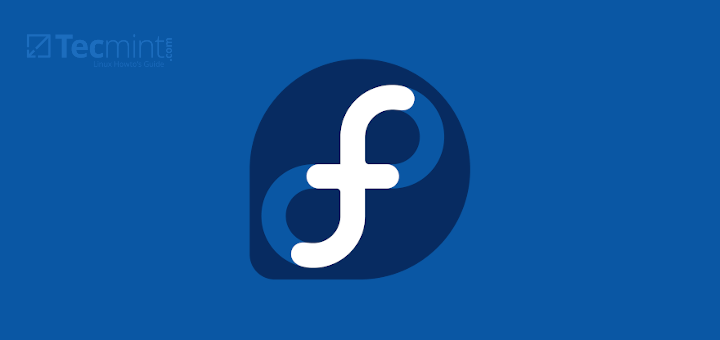As a free and open-source operating system, Linux has spawned several distributions over time, spreading its wings to encompass a large community of users. From desktop/home users to enterprise environments, Linux has ensured that each category has something to be happy about.
These distributions cater to users with technical expertise, providing a robust platform for development, system administration, and customization.
This guide highlights 11 Linux distributions and aims to shed light on their targeted users.
1. Debian
Debian is renowned for being a mother to popular Linux distributions such as Deepin, Ubuntu, and Mint which have provided solid performance, stability, and unparalleled user experience. The latest stable release is Debian 12.4, an update of Debian 12 colloquially known as Debian Bookworm.
Note that Debian 12.4 does not constitute a new version of Debian Bookworm and is only an update of Bookworm with the latest updates and added software applications.
Also included are security fixes that address pre-existing security issues. If you have your Bookworm system, there’s no need to discard it. Simply perform a system upgrade using the APT package manager.
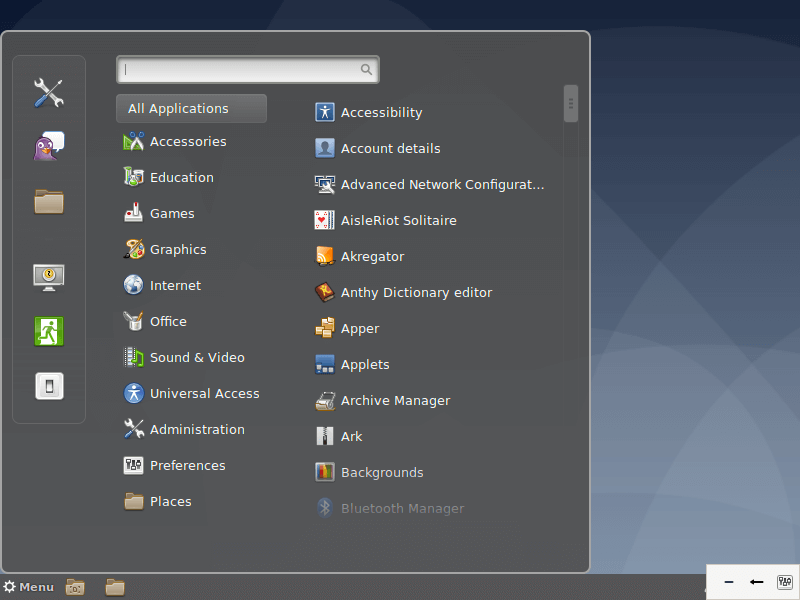
The Debian project provides over 59,000 software packages and supports a wide range of PCs with each release encompassing a broader array of system architectures. It strives to strike a balance between cutting-edge technology and stability.
Debian provides 3 salient development branches: Stable, Testing, and Unstable.
Debian Stable
The Stable version, as the name suggests is rock-solid and enjoys full security support but unfortunately, does not ship with the very latest software applications.
Nevertheless, it is ideal for production servers owing to its stability and reliability and also makes the cut for relatively conservative desktop users who don’t mind having the very latest software packages. Debian Stable is what you would usually install on your system.
Debian Testing
The Debian Testing is a rolling release and provides the latest software versions that are yet to be accepted into the stable release. It is the development phase of the next stable Debian release. It’s usually fraught with instability issues and might easily break.
Also, it doesn’t get its security patches in a timely fashion. The latest Debian Testing release is Trixie (development codename for Debian 13).
Debian Unstable
The Unstable distro is the active development phase of Debian. It is an experimental distro and acts as a perfect platform for developers who are actively making contributions to the code until it transitions to the ‘Testing’ stage.
Overall, Debian is used by millions of users owing to its package-rich repository and the stability it provides especially in production environments.
2. Gentoo
Gentoo is a distro built for professional use and experts who take into consideration what packages they are working with from the word go. This category includes developers, system & network administrators. As such, it’s not ideal for beginners in Linux.
Gentoo is recommended for those who want to have a deeper understanding of the ins and outs of the Linux operating system.
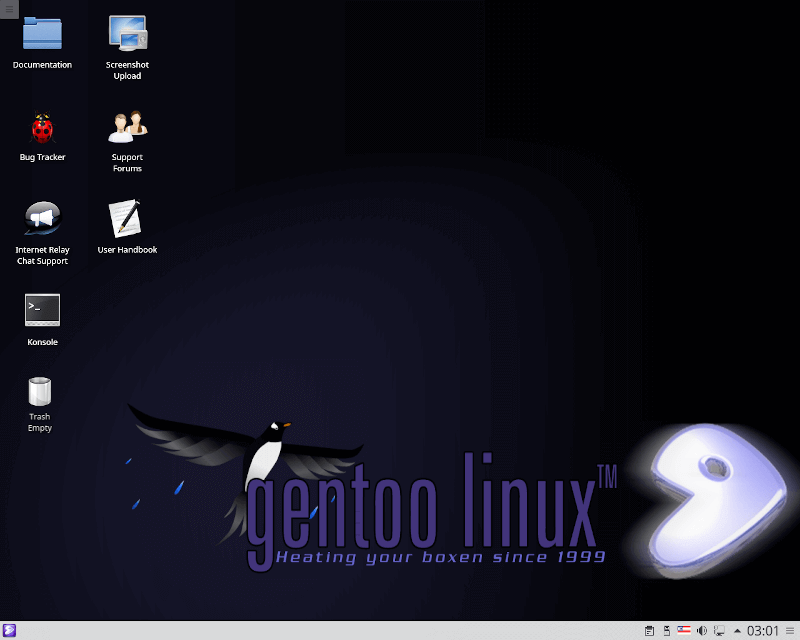
Gentoo ships with a package management system known as portage which is also native to other distros such as ChromiumOS, and Calculate Linux, which is based on Gentoo and backward-compatible with it.
It is Python-based and based on the ports’ collections concept, which are sets of patches and makefiles provided for by BSD-based distros such as OpenBSD and NetBSD.
3. Ubuntu
Created and maintained by Canonical, Ubuntu is one of the most popular Linux distros enjoyed across the globe by beginners, intermediate users, and professionals alike. Ubuntu was specifically designed for beginners in Linux or those transitioning from Mac and Windows.
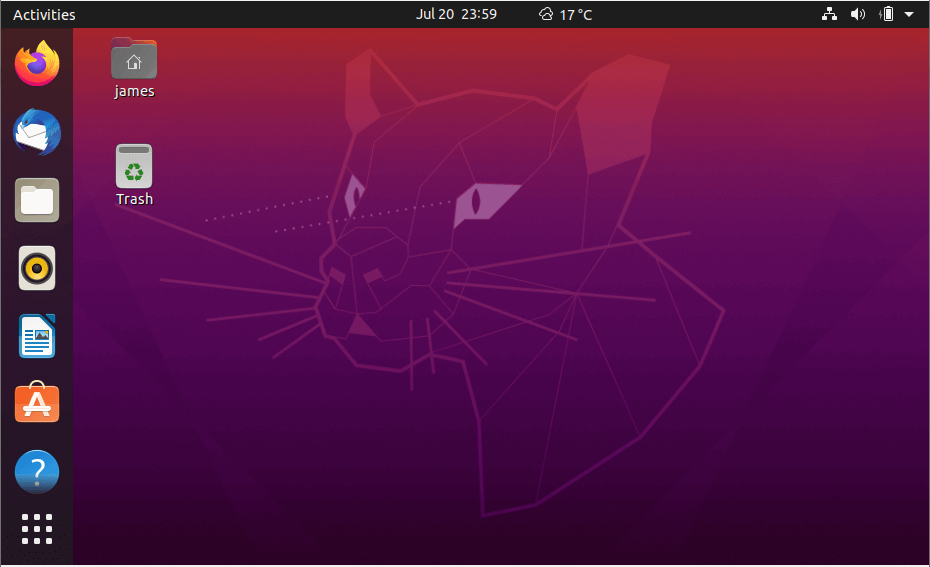
By default, Ubuntu ships with a GNOME desktop environment with everyday out-of-the-box applications such as Firefox, LibreOffice, and image editing applications such as GIMP, music players, and video players such as Audacious and Rhythmbox.
The latest version is Ubuntu 22.04 LTS codenamed Jammy Jellyfish which provides numerous improvements and new features such as new themes, new look and polished icons, great support for Snap packages, and the fractional scaling functionality that provides support for high-resolution displays.
Ubuntu forms the basis of several other Linux distributions. Some of the distributions based on Ubuntu 22.04 include Lubuntu 22.04 LTS, Kubuntu 22.04, and Linux Mint 21.
Due to its user-friendliness and elegant UI, Ubuntu is ideal for desktop users and newcomers who are trying to wrap their heads around Linux. They can readily get started with default Apps as stated earlier on as they work their way towards getting a better understanding of Linux.
It’s worth mentioning Ubuntu Studio which is geared towards multimedia production. It targets creatives who are looking to make a career in graphics, photography, audio, and video production.
4. Linux Mint
Linux Mint is a hugely popular community-driven Linux distro based on Ubuntu that has transcended time to provide one of the most elegant, and user-friendly distributions loved by desktop users and professionals alike.
Despite the controversy surrounding the latest release – Mint 21 – dropping snap support by default, Mint remains a stable, powerful, and outstanding Linux distribution.
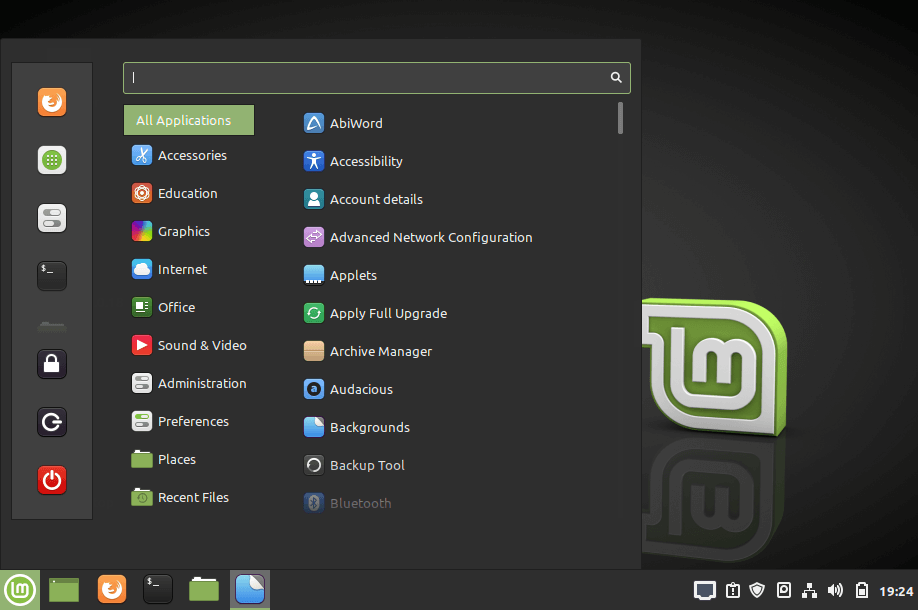
To enable snap support on Linux Mint, simply run the commands:
$ sudo rm /etc/apt/preferences.d/nosnap.pref $ sudo apt update $ sudo apt install snapd
Based on Ubuntu 22.04 LTS, Linux Mint 21 is available in 3 desktop editions – Cinnamon, XFCE, and MATE editions. Mint has dropped support for 32-bit versions and is only available in 64-bit.
Under the hood, Linux Mint 21 rides on Linux kernel 5.15 with new enhancements such as improved support for AMD Navi 12, Intel Tiger Lake CPU, and NVIDIA GPU. Additionally, the general UI has received a revamp with polished icons, new themes, high-resolution background images, and a retouched taskbar.
New features include Warpinator, which is a file-sharing program that works in a LAN, and fractional scaling features for HiDPI displays to enjoy sharper and crisp images. You will also get other applications for everyday use such as Firefox, LibreOffice, Audacious Music Player, Timeshift, and Thunderbird.
If you want a fast and stable Linux desktop to perform day-to-day desktop tasks, listen to music, watch videos, and play gaming, Mint is the go-to distribution.
Linux Mint 21 is a long-term release and will receive support until 2027. We have an article on how to install Mint 21 on your PC.
5. Red Hat Enterprise Linux
Abbreviated as RHEL, Red Hat Enterprise Linux is a Linux distro designed for Enterprise or commercial purposes. It’s one of the leading open-source alternatives to other proprietary systems such as Microsoft. Red Hat is usually a top choice for server environments given its stability and regular security patches which boost its overall security.
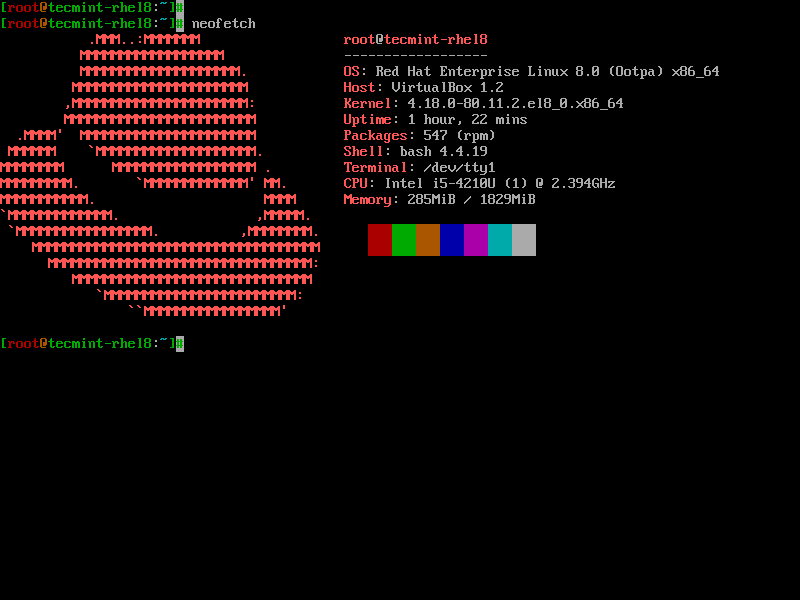
You can readily set it up on physical servers, virtual environments such as VMware, HyperV, and also on the cloud. Red Hat has done a perfect job in containerization technology thanks to OpenShift PaaS (platform as a service), a hybrid cloud environment that is built around Docker containers and managed by Kubernetes.
Redhat trains and certifies system administrators through specialist courses such as RHCSA (Red Hat Certified System Administrators) and RHCE (Red Hat Certified Engineer).
Where efficiency, security, and stability are of utmost priority RHEL is the ideal distro to opt for. RHEL is subscription-based and the subscription is renewed annually. You can purchase a license for an array of subscription models such as Linux Developer Workstation, Linux Developer Suite, and Linux for Virtual Datacenters.
Traditionally, Red Hat and RHEL-based distributions such as CentOS Stream, Rocky Linux, and AlmaLinux have used yum or dnf package managers. Things have changed now all the latest release uses DNF as its default package manager. RHEL is distributed using 2 main repositories – the AppStream repository and the BaseOS.
The AppStream repository (Application Stream) provides all the software applications that you want to install on your system while the BaseOS provides applications only for the core functionality of the system.
Additionally, you can also download and try out RedHat 8 and RedHat 9 for free through the Red Hat developer program.
6. CentOS Stream
CentOS, a widely popular Linux distribution known for its stability and reliability, underwent a significant transformation with the announcement of CentOS Stream. Traditionally, CentOS was a downstream, binary-compatible release of Red Hat Enterprise Linux (RHEL), offering a free, community-supported alternative to RHEL.
However, the CentOS Project announced a fundamental shift with the introduction of CentOS Stream, which is a new version that serves as a rolling-release distribution, offering users access to the latest features and innovations from RHEL development.
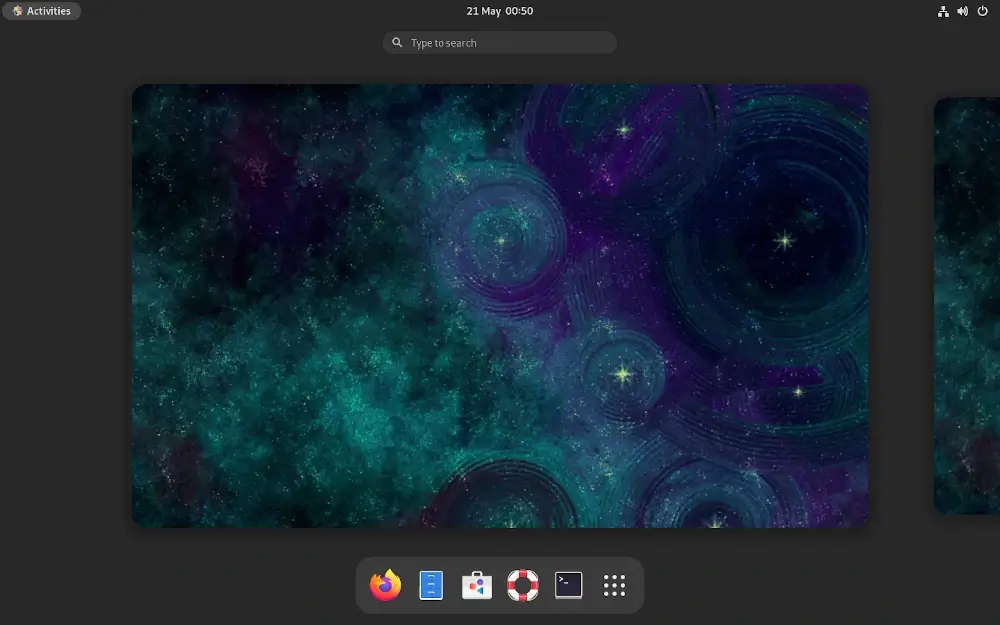
While CentOS Stream offers advantages for those seeking cutting-edge features, its departure from the traditional CentOS model left some users divided, as they weighed the benefits of stability against the appeal of staying on the bleeding edge of technology.
7. Fedora
Fedora has enjoyed a reputation for being one of the most user-friendly distros for quite a while now owing to its simplicity and out-of-the-box applications which enable newcomers to easily get started.
It’s a powerful and flexible operating system that’s tailored for desktops & laptops, servers, and even IoT ecosystems. Fedora, just like CentOS, is based on Red Hat and is in fact, a testing environment for Red Hat before transitioning to the Enterprise phase. As such, it’s usually used for development and learning purposes and comes in handy for developers and students.
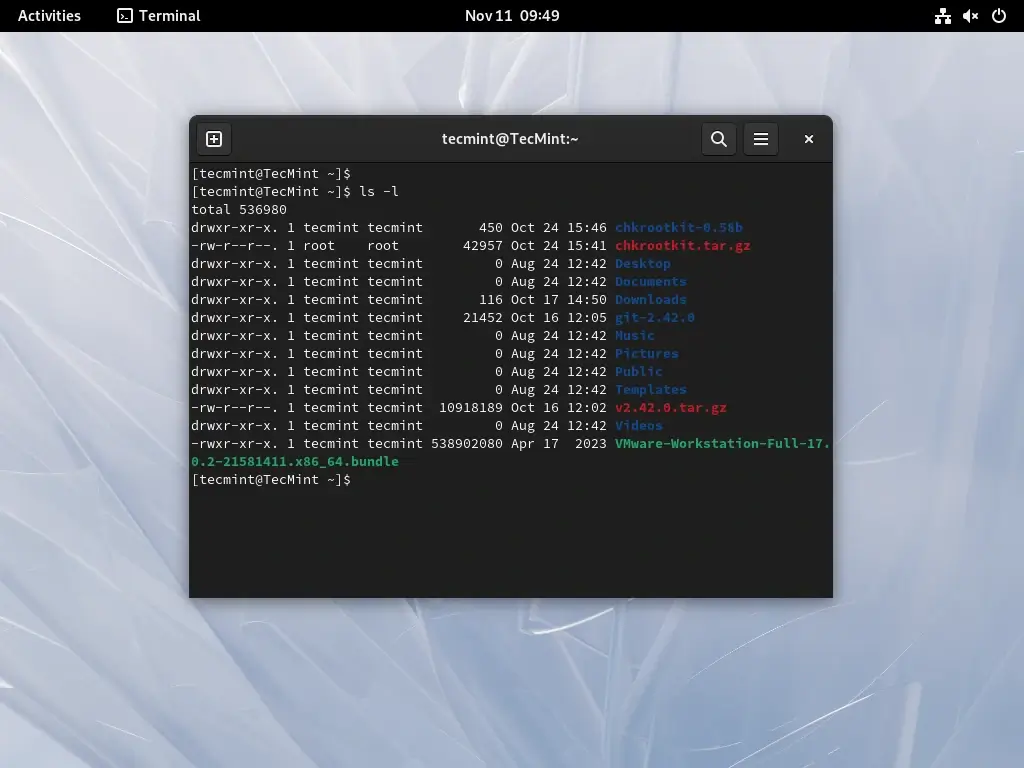
Fedora has for a while now used the DNF package manager ( and still uses it as its default package manager) and offers the latest and the very best in RPM software packages. The latest Fedora is Fedora 39.
8. Kali Linux
Developed and maintained by offensive security, Kali Linux is a Debian-based Linux distro designed for penetration testing and conducting digital forensics. It ships with out-of-the-box tools meant for penetration testing such as Nmap, Metasploit Framework, Maltego, and Aircrack-ng to mention a few.
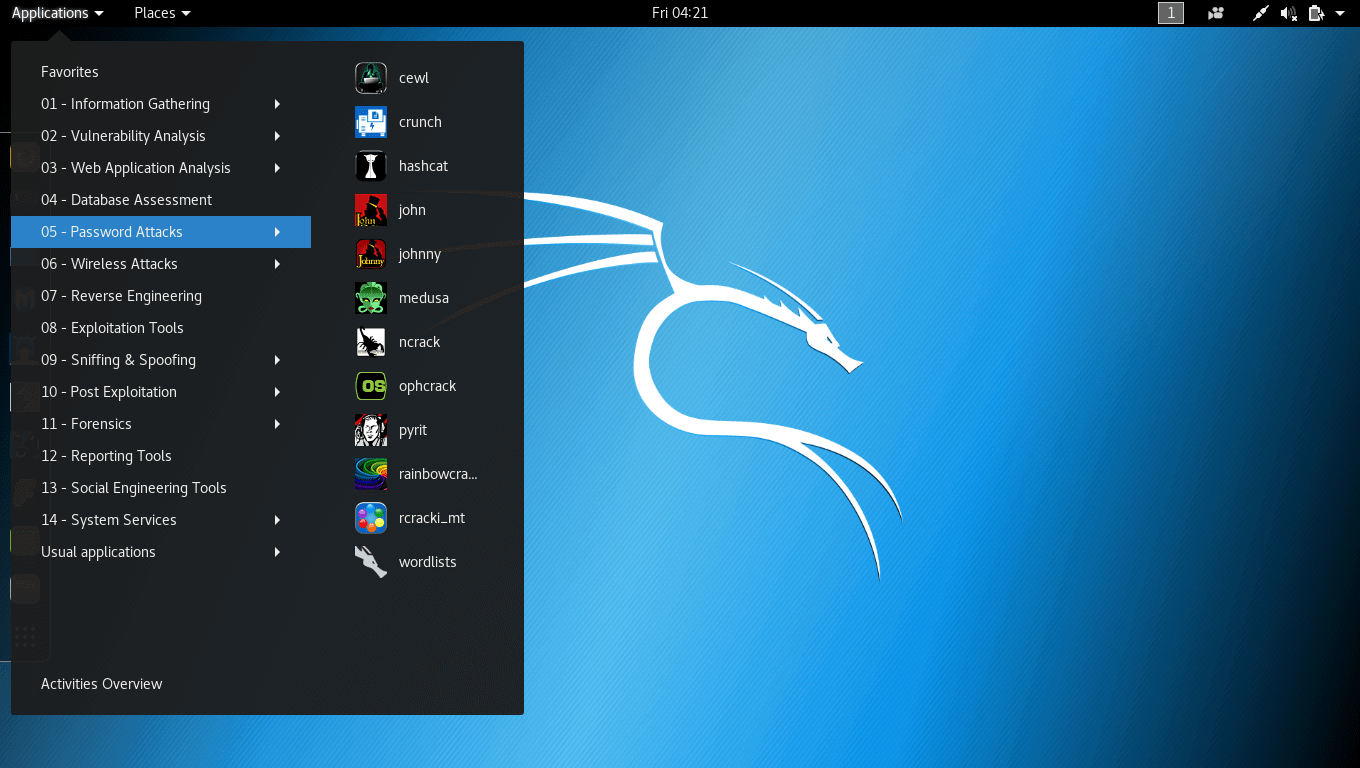
Kali Linux is meant for Cybersecurity experts and students who want to venture into penetration testing. In fact, Kali provides industry-standard certifications such as Penetration Testing with Kali and Kali Linux Certified Professional.
Kali uses the APT package manager and the latest version is Kali 2023.4 and here’s a guide on how to install Kali Linux.
9. Arch Linux
Arch Linux is a lightweight and flexible geeky Linux distro designed for advanced users or Linux experts who care much about what is installed and the services running. It gives users the freedom to customize or configure the system, to their preference. In a nutshell, Arch is meant for users who know the ins and outs of working with Linux.
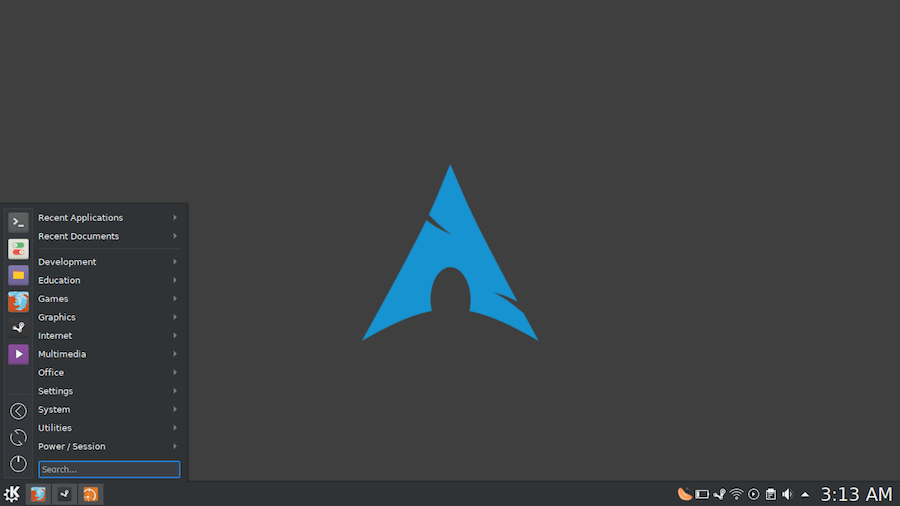
Arch is a rolling release distribution implying that it is constantly updated to the latest version and all you need is to update the packages on the terminal.
It uses Pacman as the default package manager and leverages the AUR (Arch User Repository) which is a community to install software packages and the latest version is 2023.11.01.
10. OpenSUSE
The OpenSUSE project is a modern and comprehensive community project that provides 2 main SUSE branches: SUSE Leap which is a point release that targets desktop users as well as enterprise development and testing purposes. This makes it a perfect choice for open-source developers and System administrators.
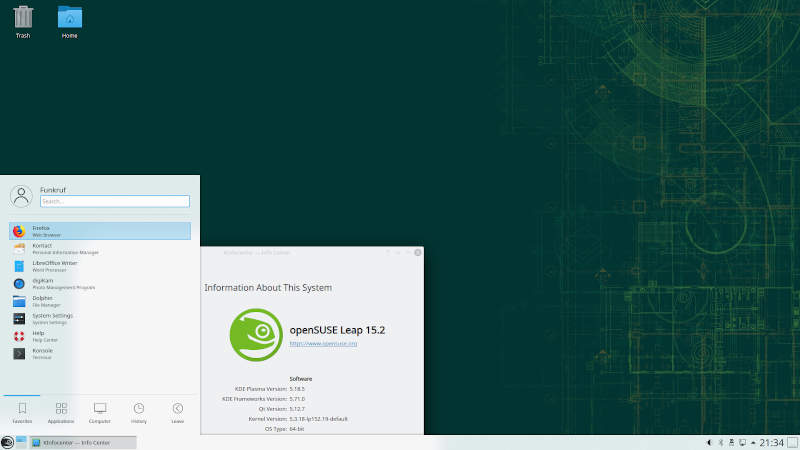
On the other hand, it has SUSE Tumbleweed, a rolling release that packs the latest software stacks and IDEs and is the closest you’ll get to a bleeding-edge distro. TumbleWeed is any power user’s or software developer’s piece of cake thanks to the availability of up-to-date packages such as office applications, GCC compiler, and the kernel.
OpenSUSE relies on the Yast package manager for managing software packages and is recommended for developers and system administrators.
11. MX Linux
MX Linux, a user-friendly Debian-based Linux distribution, has gained popularity for its speed, efficiency, and ease of use. It’s a lightweight operating system designed for both beginners and experienced Linux users.
MX Linux was first released in March 2014 and has since undergone several updates and improvements. It originated from a collaboration between the antiX and MEPIS communities, combining the speed of antiX with the user-friendliness of MEPIS. With a simple and intuitive interface, it minimizes the learning curve, making it accessible for all.
Notably, MX Linux runs smoothly on older hardware, thanks to its lightweight nature. Its active community, regular updates, and customization options make it a compelling choice for those seeking a reliable and efficient Linux experience.
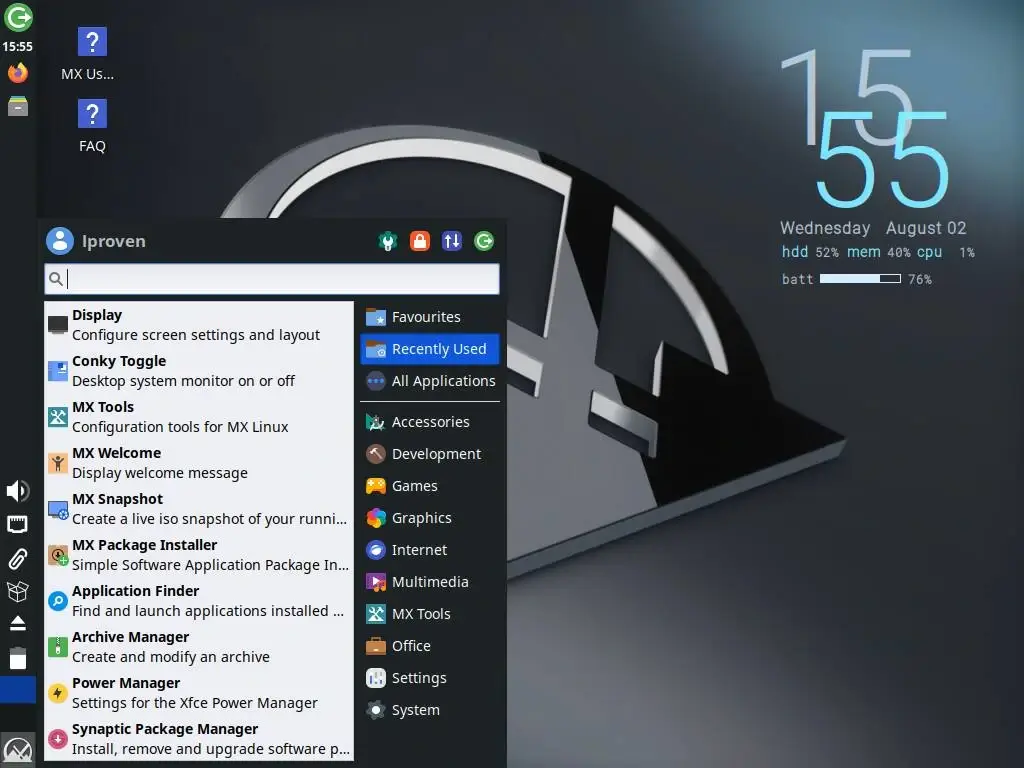
Conclusion
Of course, that’s just a handful of the available Linux distributions out there and is by no means an exhaustive list. There are over 600 Linux distros and about 500 in active development.
However, we felt the need to focus on some of the widely used distros some of which have inspired other Linux flavors.


